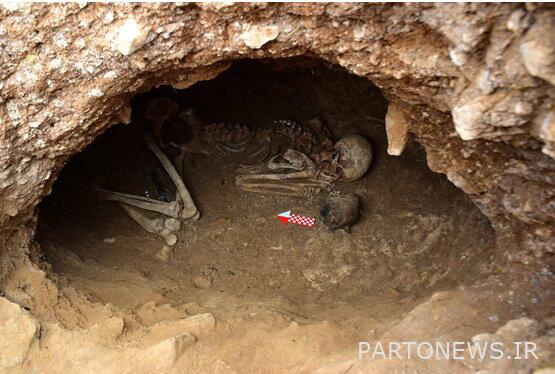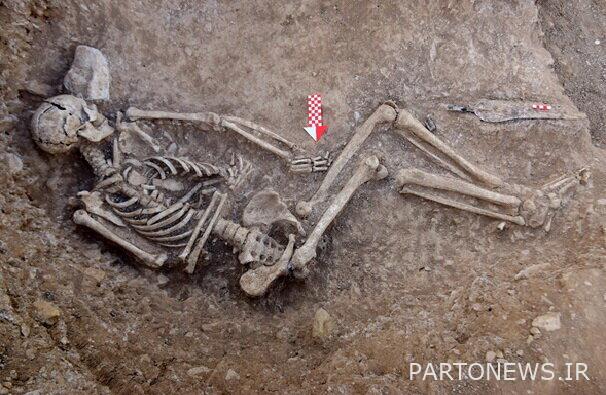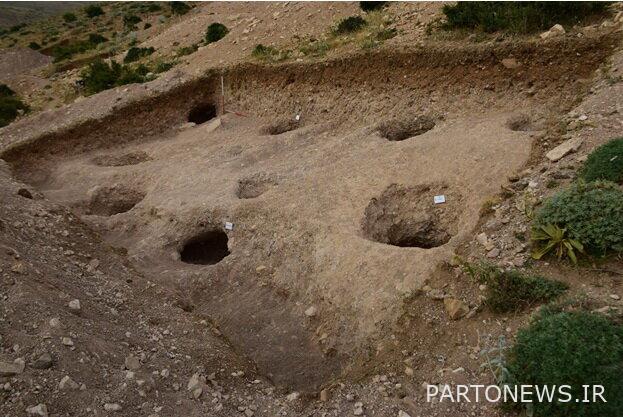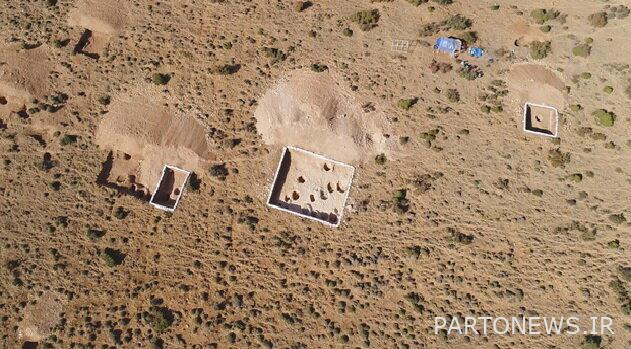A new discovery in the historical cemetery of Gilan

Research conducted in the sixth chapter of excavations in the ancient cemetery “Liarsangbon” in Gilan showed that the type and size of the graves of this cemetery may have been directly related to the rank and social status of the people buried in it.
According to ISNA, citing the public relations of the Cultural Heritage and Tourism Research Institute, the Liarsangboon ancient complex is located in a large area (about 27 hectares) in inaccessible and inaccessible areas. However, Jahani, the head of the archeological delegation based in Amlash, Gilan, pointed out that the rescue excavation of this complex remained unfinished despite the archeological activities in 1393, 1695, 1396, 1397, 1398, and added: At the same time, the warriors of this area with far and near lands, including the tribes living on the northern shores of the Caspian Sea, such as the steppes of southern Russia or present-day Armenia, are especially contemporaneous with the Parthian period.
He announced the completion of the sixth chapter of the field research of the ancient complex of Liarsang Ibn Amlash and added: “This ancient complex includes a cemetery site and scattered evidence from the settlements of the historical period to the Middle Ages of the Islamic period.”
“This season, by excavating four workshops in the cemetery section of the complex with an area of about two hectares, 19 graves (21 burials) of various types of pits, crypts and jars were identified and valuable data including pottery,” said the head of the archeological team of Liarsangbun Cemetery. And objects were obtained by everyday use and warfare tools made of iron.
Jahani added: “Graves of the type of pits that do not have a special structure and include usually oval holes, include a large number of graves discovered in this cemetery.”
He said: crypt-type graves that are comparable to those found in Iran, except for a few other sites in the study area, in several cemeteries in Mazandaran province and several sites in the north, northwest and northeast of the Caspian Sea, including It is a vertical hole with a special structure that leads to a crypt-like chamber.

According to this archaeologist, several examples of khumra type burials have been identified in this cemetery so far, which are comparable to the common burial methods of the Parthian period on the plateau of Iran.
He said: “Such graves discovered in this area can be compared with a number of graves that were identified in the excavations of the Japanese delegation in the eastern highlands of Gilan (Deilman) in the 60s and also with zebras identified in some areas of Dasht-e Moghan.”
The head of the archeological team continued: “Research conducted so far shows that the type of graves used in this cemetery may be directly related to the social rank of the people buried in it and it seems that the size of each of these graves depends on the social status of the buried person.” It is variable.
Jahani said: “Typological studies have generally shown that the tombs of the discovered vessels belong to the period from the middle of the Parthian period to the end of the Sassanid era, which had been confirmed earlier as a result of radiocarbon dating (C14) dating experiments.”




